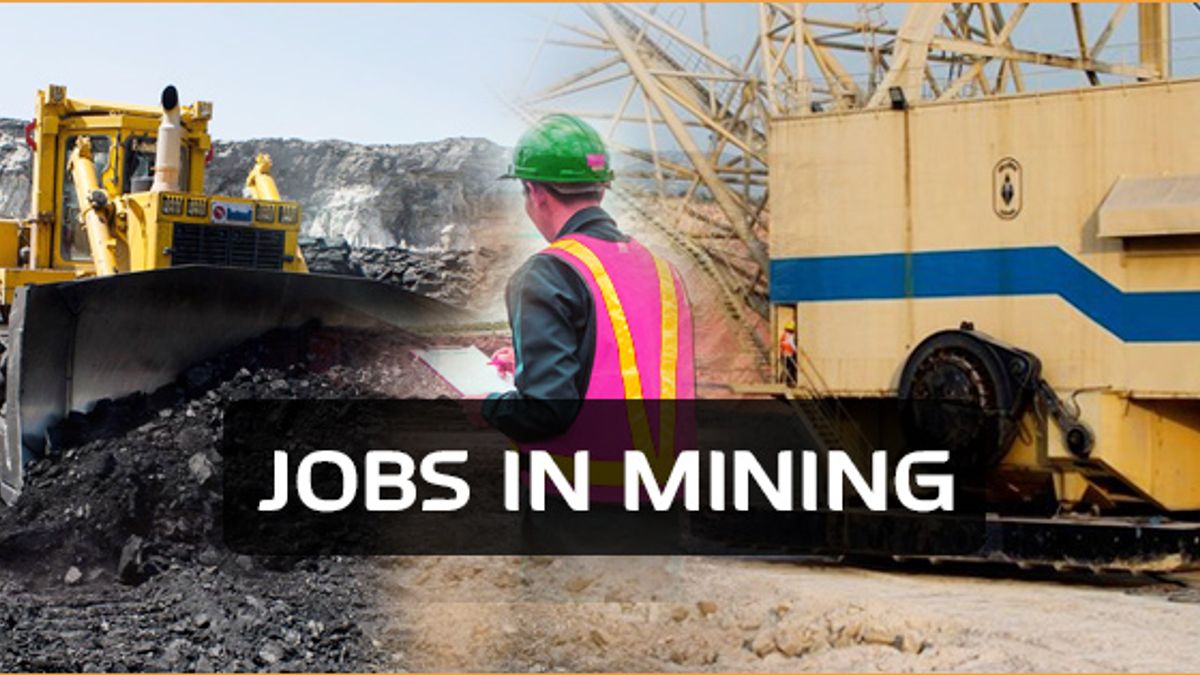Critical minerals can significantly boost the Indian economy in several ways:
- Supporting Green Energy Transition:
- Manufacturing renewable energy technologies: Critical minerals like lithium, cobalt, and nickel are essential for manufacturing batteries, solar panels, and wind turbines. Increased domestic production of these minerals can support India’s ambitious renewable energy goals and reduce reliance on imports.
- Electric vehicle (EV) industry: India is pushing for EV adoption, and critical minerals are crucial for EV batteries. Developing a domestic supply chain for these minerals can boost the Indian EV industry, creating jobs and reducing pollution.
2. Strengthening Manufacturing and Technology:
- Electronics and high-tech industries: Critical minerals are used in manufacturing electronics, semiconductors, and other high-tech products. Secure access to these minerals can boost India’s manufacturing sector and make it a global hub for electronics production.
- Defense and aerospace: Some critical minerals have applications in defense and aerospace industries. Developing domestic sources can enhance India’s self-reliance in these strategic sectors.
3. Economic Growth and Job Creation:
- Mining and processing: The extraction and processing of critical minerals can create jobs in the mining sector and related industries.
- Downstream industries: The availability of critical minerals can stimulate the growth of downstream industries that use these minerals, such as battery manufacturing, electronics, and renewable energy equipment, leading to further job creation.
4. Reducing Import Dependence:
- Cost savings: India currently imports many critical minerals. Developing domestic sources can reduce import costs and save valuable foreign exchange.
- Supply chain security: Relying on imports makes India vulnerable to supply chain disruptions. Domestic production can ensure a stable supply of these essential minerals.
5. Attracting Investment:
- Foreign direct investment (FDI): The development of a critical minerals sector can attract FDI from companies looking to secure access to these resources.
- Domestic investment: It can also encourage domestic investment in mining, processing, and related industries.
Challenges and Considerations: - Environmental impact: Mining can have significant environmental impacts. Sustainable mining practices and environmental regulations are crucial.
- Technological know-how: Developing the necessary technology for extraction and processing is essential.
- Geopolitical factors: The global supply chains for critical minerals are complex and influenced by geopolitical factors. India needs to navigate these challenges strategically.
Overall, critical minerals have the potential to play a crucial role in India’s economic growth and development, particularly in its transition to a green economy and its ambitions in manufacturing and technology. However, careful planning, sustainable practices, and strategic policies are necessary to realize this potential.





